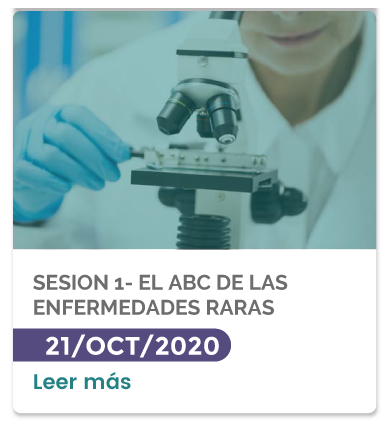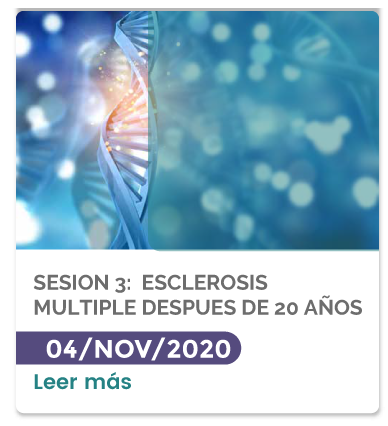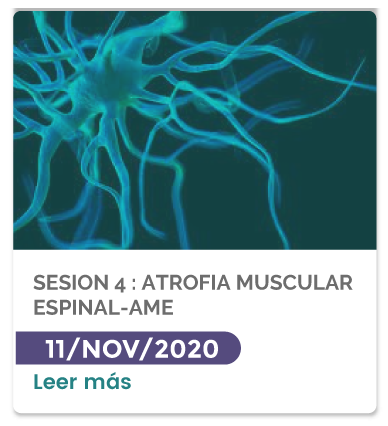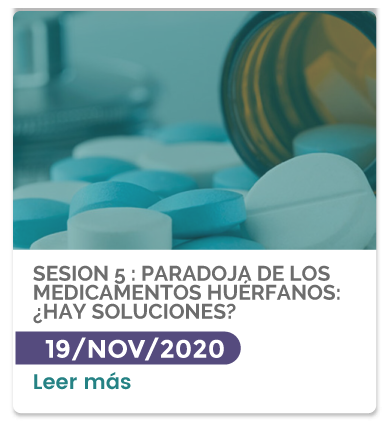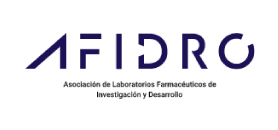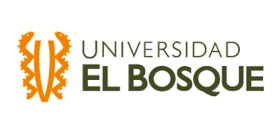![]()

![]()
THE ABC OF RARE DISEASES
The Chamber of Commerce Colombo Americana, AmCham Colombia, in partnership with AFIDRO and the University of the Forest, will carry out in October and November 2020, five Virtual Scenarios in order to open a conversation with national and international experts, around Rare Diseases and Orphan Drugs. Sponsors BIIB Colombia.
What is it like to live with Rare Diseases in Colombia?
Join us in this experience to learn what a Rare Disease is, how many there are, what your symptoms are, and what the chances are of developing one of them. In addition, we will have experts and patients who will give us a comprehensive vision about leading a life in these conditions and how treatments and therapies can be accessed to improve the quality of life of those who suffer from them.
Epidemiology of rare diseases
Rare Diseases are debilitating and life-threatening pathologies over time. Half of those affected have a vital risk prognosis and 65% are severe and highly disabling. The vast majority are genetic in nature but not exclusively all. Two out of three diseases appear before two years of life."
According to ORPHANET, there are more than 6000 clinical conditions of low prevalence 5 and according to Eurordis (2005), it is estimated that five new diseases are identified weekly in the world. 6
Most cases of diseases occur in paediatric age, a direct consequence of the high frequency of diseases of genetic origin and the presence of congenital abnormalities. Rare diseases account for about 20 percent in infant mortality and 10 percent of pediatric hospitalizations.7
According to Portugal's National Rare Diseases Health Plan, these pathologies are responsible for 35% of deaths in children under one year of age, and for one in ten deaths between the first year and 15 years of age 8
Rare Diseases and Disability
Rare Diseases determine a growing impact on public health and demand for health resources. On the other hand, patients have 9:
- Physical disability 87.7%,
- Emotional disability 83.6%,
- Social disability 75.6%;
- Sensory disability 53% 9
They usually need supports to develop basic and advanced activities of daily life, mainly in their domestic life, displacement or mobility. Only 1 in 10 wouldn't need any support 10
4 ERDF, Spanish Federation of Rare Diseases. "Study on the situation of Social Health Needs of people with Rare Diseases in Spain" Enserio Study. October 2009.
5 List of rare diseases and their synonyms. July 2014. Available:
Click here
6 Eurordis (2005) Rare Diseases: understanding this public health priority. Obtained On October 3, 2011.
7 S. F. Kingsmore, C. J. Saunders, Deep Sequencing of Patient Genomes for Disease Diagnosis: When Will It Become Routine? Sci. Transl. Med. 3, 87ps23 (2011).
8 Direccao-Geral da Saúde, Portugal. (2008). National Program for Rare Doencaas (PNDR). Obtained on November 12, 2011.Click here
Types of problems
Major specific difficulties
Care
- They require coordination between primary care and specialized assistance
- They need the intervention of high-level experts
- They need multidisciplinary approaches
- They require comprehensive reference centres, covering diagnostics, treatment, follow-up and research
- Information and training
Information and training
- Lack of adequate information
- Lack of professional update (doctors, nurses, social workers, etc.)
Research
- Effective treatments are lacking
- Lack of profitability for the pharmaceutical industry
- Great difficulty in developing research due to the low number and lack of concentration of experience
- Disrecognising epidemiological, diagnostic, clinical and therapeutic reality.
Economic and proper vital
- Negatively change the quality of life of those affected and their families
- They impose a great psychological and social burden
- They place high economic burdens on families
- They carry a high social-health cost to national health systems
Social and educational
- Measures to meet your special educational needs
- Measures for your labour and social integration
Social Awareness
- Lack of social awareness to promote harmonized and comprehensive management of available resources
Rare Diseases and their Social Impact
According to the Spanish Federation of Rare Diseases – ERDF:
There is a life cycle, as well as economic one, of rare diseases in which they are located to a greater or lesser extent, processes of vulnerability and social exclusion that may vary depending on the type and severity of the disease of the affected person, the adequacy and effectiveness of the socio-health care received, the socio-economic resources of the affected person and his/her family , the social resources and supports (or, on the contrary, obstacles) they receive from the social environment, as well as the personal skills and capacities to deal with situations. 9
Likewise, knowledge and misunderstanding also appear in the social spaces in which the affected person and his family interact, being especially important in the medical, educational and, above all, work context. Moreover, the unkistakableness of strange and complex diseases and misunderstanding of manifestations of these diseases (such as acute crises) hinders access to health, education and the labour market." 9
Impact of caregivers
It is most common for the continuing supports required to be provided by the family members residing in the household themselves, mainly parents, but also siblings, spouses, grandparents, among others. However, care within the family environment is mainly performed by women. There is a certain feminization of care, only invested in the case of husbands and wives, perhaps because of the increased female presence in the sample of affected persons.11 The time taken by caregivers dedicated to the affected person ranges from 1 to 44 years, with the average being 15.76 years. 12
Economic impact
The monetary expenditure of families is earmarked, in this order, for: the acquisition of medicines and other medical devices, medical treatment, technical and orthopedic aids, adapted transport, personal assistance and adaptation of housing. 13
There is a two-way relationship between having a rare disease and the economic level. The economic level can therefore influence the health of the affected person. In this way, the greater the need, the lower the income and the higher the expenses related to the disease, resulting in families being in a situation of social exclusion, lower emotional well-being and greater perception of having experienced discrimination. 14
It highlights the economic cost of those affected who need it, having to travel outside their city even going abroad for treatment. In these cases, the economic impact on the family nucleus is significantly multiplied, even if displacements are to be frequent.15
9 Sociosanitary impact on patients with rare diseases (ERES study). Avellaneda Fernández A, Layola M, Izquierdo Martínez M, Guilera M, Badia Llach X, Ramón JR. 17, 2007, Med Clin (Barc), Vol. 129, 646-51
10 ERDF, Spanish Federation of Rare Diseases. "Study on the situation of Social Health Needs of people with Rare Diseases in Spain" Enserio Study. October 2009.
11 ERDF, MADRID SOCIAL BOX. Situation and Social Health Needs of people with Rare Diseases in Spain. Available in:
Click here
12 EXTREME BOARD. "Quality of life in patients with Rare Diseases in Extremadura". Available in:
Click here
13 ERDF, Spanish Federation of Rare Diseases. "Study on the situation of Social Health Needs of people with Rare Diseases in Spain" Enserio Study. October 2009.
14 ERDF, Spanish Federation of Rare Diseases. "Study on the situation of Social Health Needs of people with Rare Diseases in Spain" Enserio Study. October 2009.

